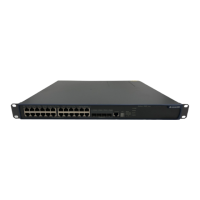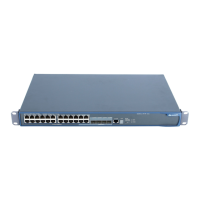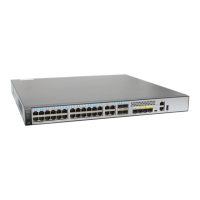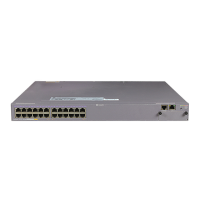Operation Manual – Routing Protocol
Quidway S5600 Series Ethernet Switches-Release 1510 Chapter 5 BGP Configuration
Huawei Technologies Proprietary
5-20
5.4.2 Importing Routes
With BGP employed, an AS can send its interior routing information to its neighbor ASs.
However, the interior routing information is not generated by BGP, it is obtained by
importing IGP routing information to BGP routing table. Once IGP routing information is
imported to BGP routing table, it is advertised to BGP peers. You can filter IGP routing
information by routing protocols before the IGP routing information is imported to BGP
routing table.
Table 5-5 Import routes
Operation Command Description
Enter system view
system-view
—
Enable BGP, and enter
BGP view
bgp as-number
Required
By default, BGP is
disabled.
Import the default route
to the BGP routing table
default-route imported
Optional
By default, BGP does not
import default routes to
BGP routing table.
Import and advertise
routing information
generated by other
protocols.
import-route protocol
[ process-id ] [ med
med-value | route-policy
route-policy-name ]*
Required
By default, BGP does not
import nor advertise the
routing information
generated by other
protocols.
Advertise network
segment routes to BGP
routing table
network
network-address [ mask ]
[route-policy
route-policy-name ]
Optional
By default, BGP does not
advertise any network
segment routes.
Caution:
z If a route is imported to the BGP routing table through the import-route command,
its Origin attribute is Incomplete.
z The network segment route to be advertised must be in the local IP routing table.
You can use routing policy to control route advertising with more flexibility.
z The Origin attribute of the network segment routes advertised to BGP routing table
through the network command is IGP.

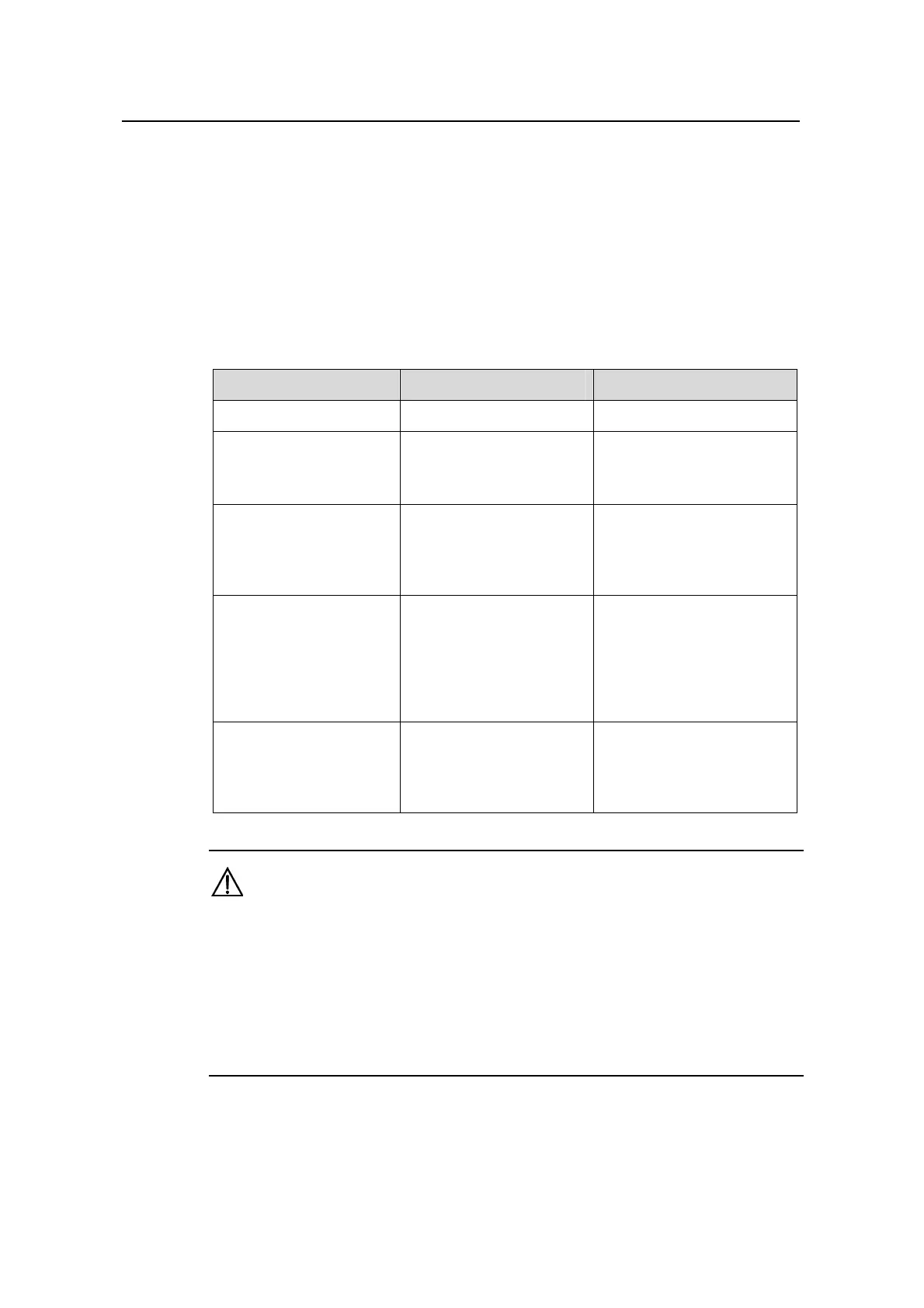